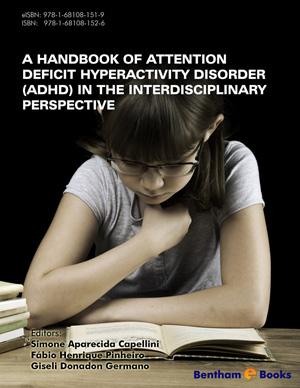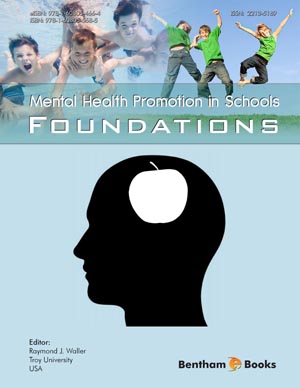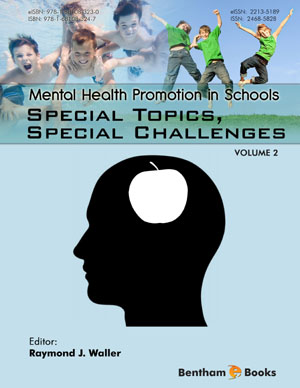Abstract
It has long been assumed that a woman's most important right is to be a
mother, but today, it takes quite a bit of proof to be called the mother of a child. Who
came first, the parent who became a parent or the parent who gave birth? Or do both
need to be present in order for it to be referred to as one? Such repugnant arguments are
the outcome of internalized societal shifts. Regrettably, it has come time for authorities
and ethics committees to decide who the mother of the child is. Simply insert a needle
and perform a DNA or birth test. These tests are pointless. The transformations that
society is experiencing now have both benefits and drawbacks. Both positive and
negative developments are absorbed by society. To determine if something is excellent
or harmful, society even sets the scale. But, it seems somewhat terrible to go through
the anguish of bearing a child inside of oneself for nine months and then give the baby
away after delivery. Renting a mother's womb is not permissible under any
circumstances, regardless of the contracts that have been written, the amount of money
that has been spent, or the number of prior unsuccessful attempts. For the very cause,
surrogacy is creating an ethical dilemma, especially in Pakistan. Assisted Reproductive
Technology (ART) techniques being employed in surrogacy are increasingly common
infertility alternatives. The introduction, historical context, types, and popularity of
surrogacy, as well as several ethical concerns it raises and how it deviates from
bioethics, are all briefly covered in this chapter. The information will help in finding
answers to various surrogacy-related questions on dignity, exploitation, rights, and the
use of women's bodies as commodities.












